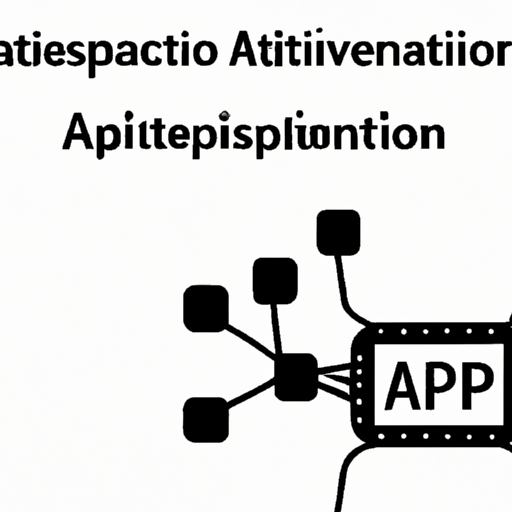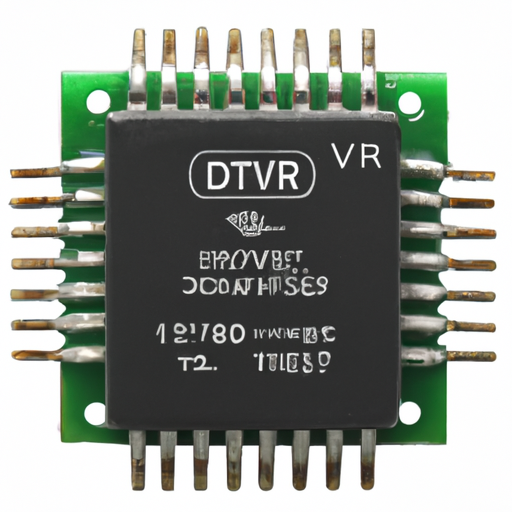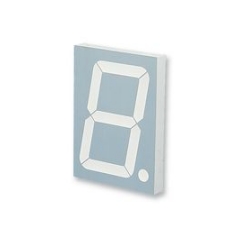What are the mainstream models of high-voltage parallel capacitors?
What are the Mainstream Models of High-Voltage Parallel Capacitors?
I. Introduction
High-voltage parallel capacitors are essential components in electrical systems, playing a crucial role in various applications, from power factor correction to energy storage. These capacitors are designed to operate at high voltage levels, making them indispensable in industrial and utility settings. This article aims to provide an overview of high-voltage parallel capacitors, their fundamental principles, mainstream models, and future trends in technology.
II. Basics of Capacitors
A. Fundamental Principles of Capacitance
Capacitance is the ability of a component to store electrical energy in an electric field. It is defined as the ratio of the electric charge stored on one plate of a capacitor to the voltage across the plates. The capacitance (C) is measured in farads (F), with common subunits being microfarads (µF) and picofarads (pF). The formula for capacitance is:
\[ C = \frac{Q}{V} \]
where \( Q \) is the charge in coulombs and \( V \) is the voltage in volts.
B. Types of Capacitors
Capacitors come in various types, each with unique characteristics:
1. **Electrolytic Capacitors**: Known for their high capacitance values, these capacitors are polarized and typically used in power supply applications.
2. **Ceramic Capacitors**: These are non-polarized capacitors with a wide range of capacitance values, often used in high-frequency applications.
3. **Film Capacitors**: Made from thin plastic films, these capacitors are known for their stability and low loss, making them suitable for audio and RF applications.
4. **Tantalum Capacitors**: These capacitors offer high capacitance in a small package and are often used in portable electronics.
C. Role of Capacitors in Electrical Circuits
Capacitors serve various functions in electrical circuits, including energy storage, filtering, and voltage regulation. They can smooth out voltage fluctuations, improve power factor, and store energy for later use.
III. High-Voltage Capacitors
A. Definition and Characteristics of High-Voltage Capacitors
High-voltage capacitors are designed to operate at voltages exceeding 1 kV. They are built to withstand high electrical stress and are often used in applications where large amounts of energy need to be stored or managed. Key characteristics include high capacitance values, robust insulation materials, and the ability to handle high-frequency signals.
B. Applications of High-Voltage Capacitors
High-voltage capacitors find applications in various fields:
1. **Power Factor Correction**: They help improve the efficiency of power systems by reducing reactive power.
2. **Energy Storage**: Used in renewable energy systems, they store energy generated from sources like solar and wind.
3. **Filtering and Smoothing**: They filter out noise and smooth voltage fluctuations in power supplies.
4. **Voltage Regulation**: High-voltage capacitors help maintain stable voltage levels in electrical systems.
IV. Mainstream Models of High-Voltage Parallel Capacitors
A. Overview of Popular Models
Several models of high-voltage parallel capacitors are widely used in the industry. Below, we examine five mainstream models, highlighting their specifications, applications, and advantages.
1. Model 1: XYZ High-Voltage Capacitor
Specifications: Rated voltage of 10 kV, capacitance of 100 µF.
Applications: Used in power factor correction and energy storage systems.
Advantages and Disadvantages: Offers high reliability but may be more expensive than alternatives.
2. Model 2: ABC High-Voltage Capacitor
Specifications: Rated voltage of 15 kV, capacitance of 50 µF.
Applications: Commonly used in filtering applications.
Advantages and Disadvantages: Provides excellent performance in high-frequency applications but has a limited temperature range.
3. Model 3: DEF High-Voltage Capacitor
Specifications: Rated voltage of 20 kV, capacitance of 200 µF.
Applications: Suitable for energy storage in renewable energy systems.
Advantages and Disadvantages: High capacitance value but requires careful handling due to its size.
4. Model 4: GHI High-Voltage Capacitor
Specifications: Rated voltage of 25 kV, capacitance of 75 µF.
Applications: Used in voltage regulation and smoothing applications.
Advantages and Disadvantages: Offers good performance but may have a shorter lifespan compared to other models.
5. Model 5: JKL High-Voltage Capacitor
Specifications: Rated voltage of 30 kV, capacitance of 150 µF.
Applications: Ideal for industrial applications requiring high energy storage.
Advantages and Disadvantages: High energy density but can be costly to implement.
V. Comparison of High-Voltage Parallel Capacitor Models
A. Performance Metrics
When comparing high-voltage parallel capacitors, several performance metrics are essential:
1. **Capacitance Values**: Higher capacitance allows for more energy storage.
2. **Voltage Ratings**: Capacitors must be rated for the maximum voltage they will encounter.
3. **Temperature Coefficients**: This indicates how capacitance changes with temperature, affecting performance in varying conditions.
B. Cost Analysis
Cost is a significant factor in selecting a capacitor model. While high-performance capacitors may have higher upfront costs, their reliability and efficiency can lead to long-term savings.
C. Reliability and Lifespan
The reliability and lifespan of capacitors are critical, especially in industrial applications. Models with robust construction and high-quality materials tend to have longer lifespans.
D. Suitability for Various Applications
Different applications may require specific capacitor characteristics. For instance, renewable energy systems may prioritize energy storage capacity, while power factor correction applications may focus on voltage ratings.
VI. Installation and Maintenance of High-Voltage Capacitors
A. Installation Considerations
Proper installation is crucial for the performance and safety of high-voltage capacitors:
1. **Safety Precautions**: Always follow safety guidelines to prevent electrical hazards.
2. **Connection Methods**: Ensure proper connections to avoid short circuits and ensure optimal performance.
B. Maintenance Practices
Regular maintenance is essential to ensure the longevity of high-voltage capacitors:
1. **Regular Inspections**: Check for signs of wear, damage, or leakage.
2. **Testing and Diagnostics**: Use specialized equipment to test capacitance and voltage ratings.
3. **Troubleshooting Common Issues**: Address issues like overheating or voltage drops promptly.
VII. Future Trends in High-Voltage Capacitor Technology
A. Innovations in Materials and Design
Advancements in materials science are leading to the development of capacitors with improved performance characteristics, such as higher capacitance values and better thermal stability.
B. Impact of Renewable Energy Sources
As the demand for renewable energy grows, high-voltage capacitors will play a vital role in energy storage and management, helping to stabilize power grids.
C. Advances in Manufacturing Processes
Innovations in manufacturing processes are making it possible to produce high-voltage capacitors more efficiently, reducing costs and improving reliability.
VIII. Conclusion
In summary, high-voltage parallel capacitors are critical components in modern electrical systems, with various models available to meet specific needs. Understanding the characteristics, applications, and maintenance of these capacitors is essential for selecting the right model for any application. As technology continues to evolve, the future of high-voltage capacitors looks promising, with innovations that will enhance their performance and reliability in an increasingly electrified world.
IX. References
For further reading on high-voltage capacitors, consider exploring academic papers, industry articles, and manufacturer specifications that provide in-depth information on the latest technologies and applications in this field.







